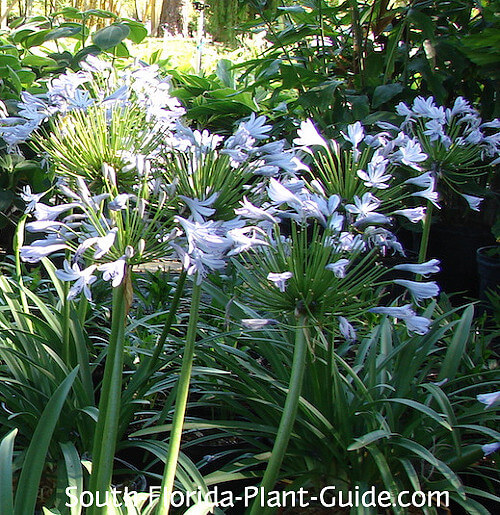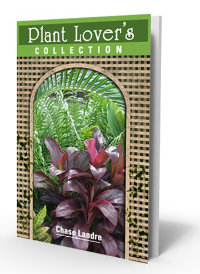Your Monthly Grow-zine
April 2021
Things to do in the garden this month...
Shop your locally-owned plant nursery. This is the ideal time of year to buy new plants for your landscape, such as the spring-flowering Agapanthus pictured. One of the things I like about occasional nursery visits is that their inventory changes, and you can often find new plants to fall in love with that weren't there (or in bloom) the last time!
Fertilize if you haven't already done so. Keep in mind there may be a summer fertilizer blackout in your area - usually between June 1st and September 30th. So an early feeding now, one in late May and one in early October will satisfy most plants. Some plants, though, prefer feeding less often...the Plant Page on each plant should give you the info you need.
You can call your county extension service to find out about the fertilizer blackout regulations in your area.
Trim or hard-prune any plants that need it. Be sure to water a plant well before doing heavy pruning, and wait about an hour before cutting.
Water once a week if there's been no rain.
Look for insect damage. Take bagged cuttings to your local nursery for diagnosis and treatment options.
Orange Brush Ginger
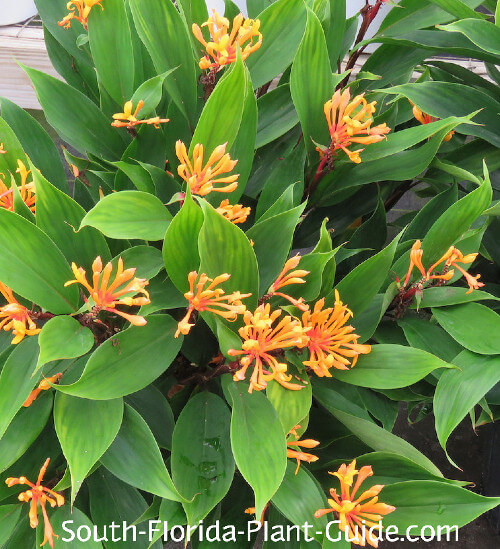
Orange Brush Ginger (Burbidgea schizocheila) is a shade-loving dwarf ginger with flowers that first appear as red-orange cones, which then burst open with bright orange flowers that last about two weeks. The flowers are brush-shaped, hence the name.
Sometimes called Golden Brush Ginger or Voodoo Flame Ginger, it's an upright grower to about 2 feet tall, with beautiful green leaves with maroon undersides and maroon stems.
Shade and regular water are a must for this plant, though it shouldn't be kept overly wet. It's also cold sensitive, so it's best planted in Zone 10 in a protected area.
This ginger blooms on and off during the year. It can be grown in a pot if you don't have room for it in your garden. Be sure to plant it no deeper than it was in the nursery pot and do not mulch around it...it's both terrestrial and epiphytic - a mix of a soil and an air plant.
Orange Brush isn't usually a stock plant but your nursery may be able to order it for you or look for it at rare plant sales.
Buying a field grown palm
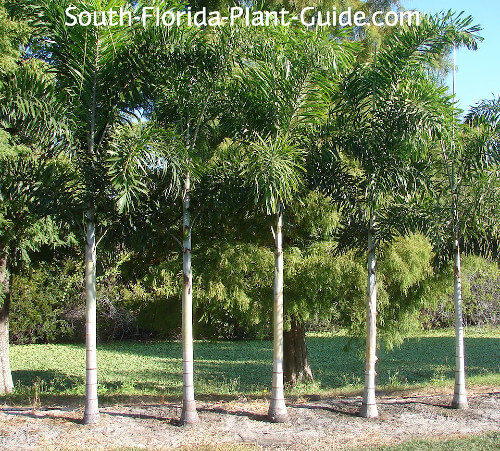 B & B Foxtail Palms
B & B Foxtail PalmsWant a big palm for a big statement in your landscape? Many nurseries carry field-grown palms - big, beautiful and impressive.
Field-grown palms are sometimes referred to as B & B - balled and burlapped, meaning they've been dug up from the field where they're grown, hardened off, root-wrapped and ready to sell.
These palms are usually priced at a dollar amount per foot of overall height. Because of the extreme weight of these plants, you'll also need to pay for professional installation - this is not a DIY project!
The installer - whether the nursery or a landscaper - will need to know if he has access to the planting area with a tractor or bobcat, so a front yard is usually easier than a back or side yard placement.
Field-grown palms must be staked for the first year of their new home in your yard. You MUST have irrigation as well. Because of the expense of these plants, get a guarantee from the nursery (at least 90 days) or pay for a year's maintenance program with your landscaper.
What's new at South-Florida-Plant-Guide.com
I've added this picture of the dwarf cultivar to the Plant Page on Wild Coffee. It's a great choice for people who want a smaller, more bushy plant than the full size Coffee.
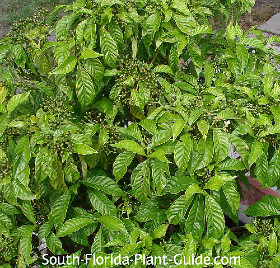
My latest ebooks are here!
"Best of the Grow-zines"
All the best info and ideas from past issues of our monthly newsletter - The Grow-zine!
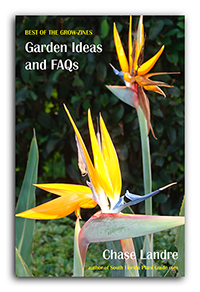
Garden Ideas & FAQs
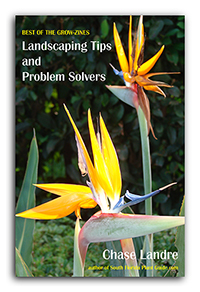
Landscaping Tips & Problem Solvers
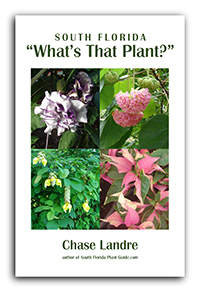
Buy both "Best Of" ebooks & get this one FREE!
Thanks for subscribing to the Grow-zine!
If you have any
questions, comments or suggestions about what you'd like to see included
in the Grow-zine - or the website - please let me know!
Chase Landre
